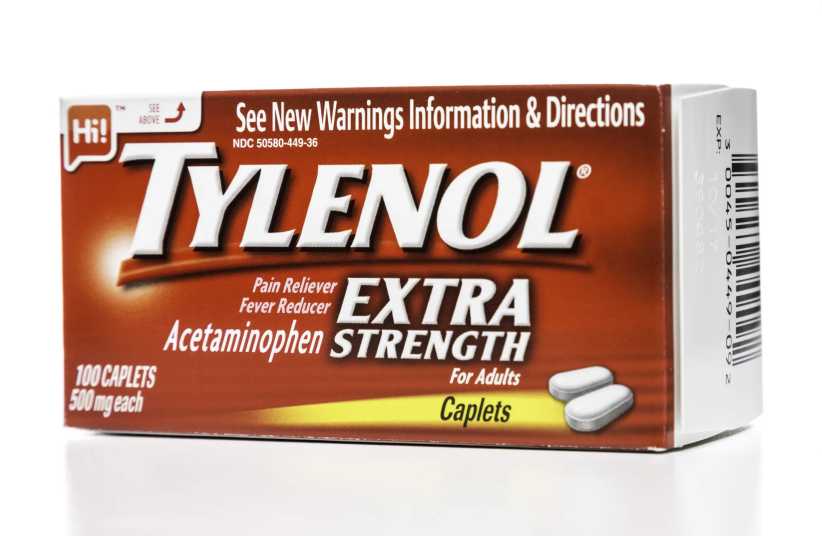The Partnership for Food Safety Education shares four common food myths and the facts behind them, as well as ways to practice food safety and how to prevent food poisoning in children.
 Kids are more likely to get food poisoning than most adults are. Knowing fact from fiction when it comes to food safety risks could mean the difference between safe kids and sick kids.
Kids are more likely to get food poisoning than most adults are. Knowing fact from fiction when it comes to food safety risks could mean the difference between safe kids and sick kids.
The Partnership for Food Safety Education along with the U.S. Department of Agriculture and the U.S. Food and Drug Administration helps parents get the facts behind some common myths about things kids do and eat with Kids’ Home Food Safety Mythbusters:
MYTH: Only kids eat raw cookie dough and cake batter. If we just keep kids away from the raw products when adults are baking, there won’t be a problem!
FACT: Just a lick can make you sick!
No one of any age should eat raw cookie dough or cake batter because it could contain germs that cause illness. Whether it’s pre-packaged or homemade, the heat from baking is required to kill germs that might be in the raw ingredients. The finished, baked, product is far safer – and tastes even better! And remember, kids who eat raw cookie dough and cake batter are at greater risk of getting food poisoning than most adults are.
MYTH: When kids cook, it is usually “heat and eat” snacks and foods in the microwave. They don’t have to worry about food safety—the microwaves kill the germs!
FACT: Microwaves aren’t magic!
It’s the heat the microwaves generate that kills the germs! Food cooked in a microwave needs to be heated to a safe internal temperature. Microwaves often heat food unevenly, leaving cold spots in food where germs can survive. Kids can use microwaves properly by carefully following package instructions. Even simple “heat and eat” snacks come with instructions that need to be followed to ensure a safe product. Use a food thermometer if the instructions tell you to.
MYTH: When kids wash their hands, just putting their hands under running water is enough to get the germs off.
FACT: Rubbing hands with water and soap is the best way to go!
Water is just part of what you need for clean hands! Washing hands properly is a great way to reduce the risk of food poisoning. Here’s how:
Wet your hands with clean, running water and apply soap. Rub them together to make lather and scrub them well; be sure to scrub the backs of hands, between fingers, and under nails. Continue rubbing for at least 20 seconds. Sing the “Happy Birthday” song twice to time yourself. Rinse hands well under running water. Dry your hands using a clean towel, paper towel, or an air dryer.
MYTH: My kids only eat pre-packaged fruits and veggies for snacks because those snacks don’t need to be washed before they eat them.
FACT: Read your way to food safety!
Giving your kids healthy snacks is a big plus for them! But just because produce is wrapped, it doesn’t always mean it’s ready to eat as is. Read the label of your product to make sure it is says: “ready-to-eat,” “washed,” or “triple washed.” If it does, you’re good to go. If it doesn’t, wash your hands and then rinse the fruits or vegetables under running tap water. Scrub firm items such as melons and cucumbers with a clean produce brush. Dry with a clean cloth towel or paper towel to further reduce germs that may be present.
The CDC has estimated that kids younger than 4 are 4.5 times more likely to acquire bacterial infections from food compared to adults between 20 and 49 years old. These myths draw attention to easily avoidable actions that could reduce a child’s risk of food poisoning.
“These food safety myths and facts can help parents become aware of practices in their homes that could be putting their children at risk for foodborne illness.” says Shelley Feist, the Partnership’s executive director.
The Partnership has made free, downloadable materials for educators and consumers available as part of Kids’ Home Food Safety Mythbusters, which can be found at fightbac.org/campaigns/mythbusters.
The Partnership for Food Safety Education is on a mission to engage kids and parents in learning about preventing foodborne illness. In addition to Kids’ Home Food Safety Mythbusters, the Partnership has released the “Fight BAC!® at Picnic Park” food safety education program. The program includes a variety of educational materials including Perfect Picnic for iPhone and iPad, where kids build a successful picnic park. All materials are available for free download at fightbac.org/kids.
Also see:
How to Pack a Cooler the Right Way





























